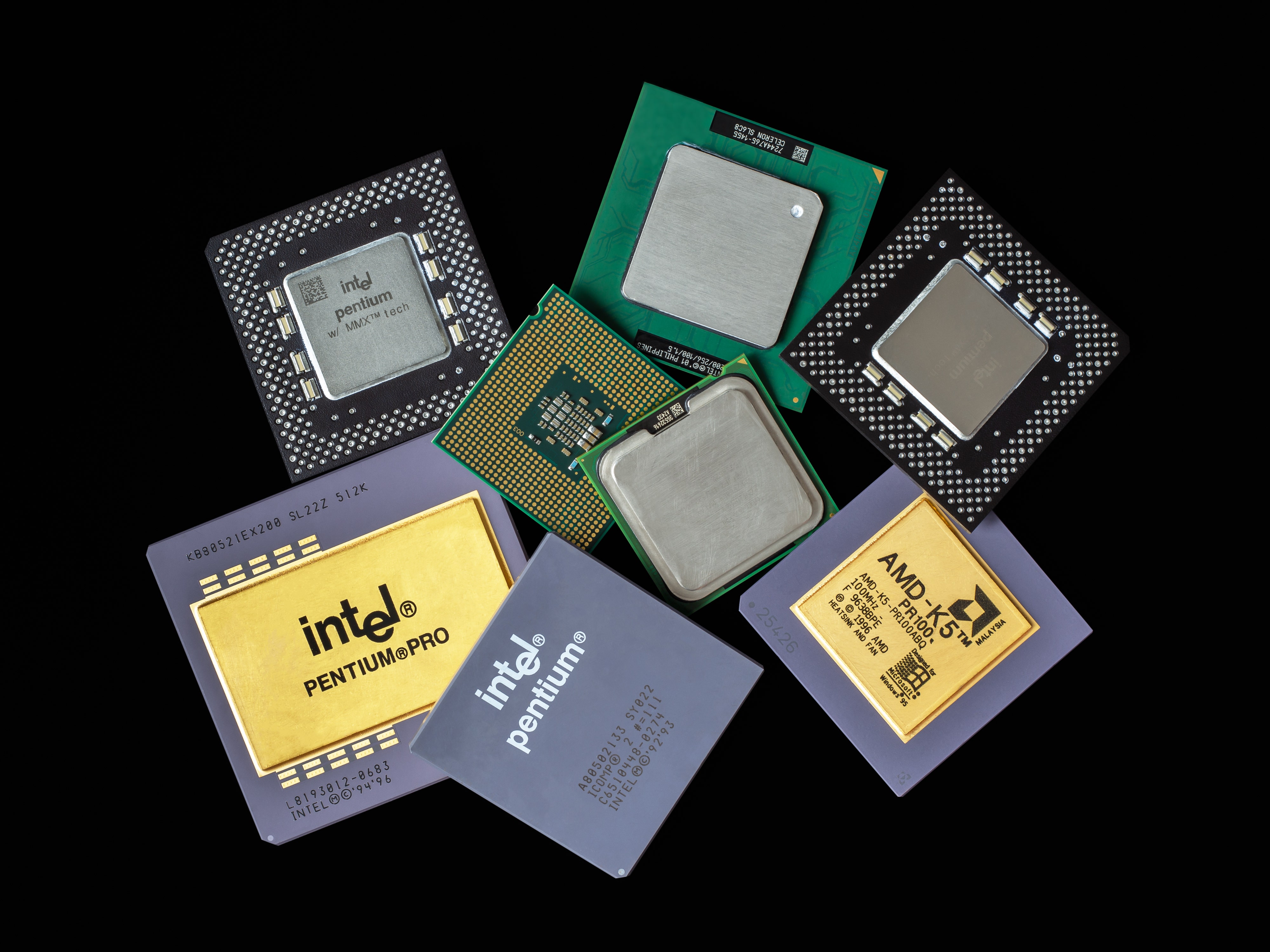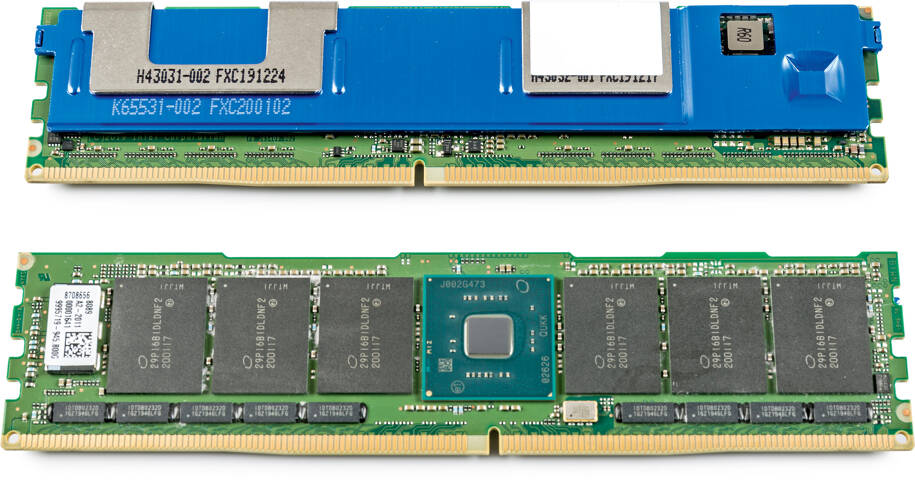Falling PC sales let sales at Intel sag. AMD can escape the downward trend and has the best quarter in its history.

Things aren't going smoothly at Intel at the moment. Due to the downturn in PC demand, the chip manufacturer had to accept a 22 percent drop in sales in the second quarter and even slipped into the red. Now it's taking revenge that Intel only has a few legs.
In the Client Computing Group, which represents the main business with notebook and desktop processors, sales fell by 25 percent. The boom of the past two years ended in this segment because many companies had to equip their employees with new hardware for the home office due to the pandemic. The server division Datacenter & AI Group was down 16 percent, probably due to increasing competition from AMD Epyc and numerous ARM designs.
All other business areas together only achieve a quarter of the turnover and, despite slight growth, cannot make up for the losses. Over half a billion of the deficit is caused by 3D XPoint storage that nobody seems to want. Intel is now completely writing off this stock of Optane DIMMs and SSDs, stamping out the last remaining part of the memory branch. In addition, young divisions such as the Accelerated Computing Systems and Graphics Group (AXG) are currently burning more money than is coming in due to delays in the Arc graphics chips. Here, too, the deficit was around half a billion US dollars.

The situation is similar with the contract manufacturing division Intel Foundry Services (IFS). Intel announced that it had won Mediatek as a new major customer. In the future, its IoT and smart home SoCs will roll off the assembly line at Intel. In the last three months, IFS still had sales of 122 million US dollars against a loss of 155 million. It will probably be years before the gigantic investments in new semiconductor fabs pay off.
Intel got at least one cow off the ice in this area: the US Chips Act, which had recently stalled due to partisan quarrels, was finally passed by both chambers of the US Congress. This means that around 200 billion US dollars will go into research and production of semiconductors in the USA over the next ten years.
The memory manufacturers Kioxia and Western Digital can look forward to government grants from Japan. They will receive the equivalent of around 690 million euros in subsidies for the joint investment in the seventh fab at Kioxia's Yokkaichi plant. The production of 3D NAND flash with 112 and 162 memory layers is to start there in the fall.
Sales record at AMD
While Intel is suffering from the declining PC business, AMD defied the downward trend and reported record sales of 6.6 billion US dollars - 70 percent more than in the same period last year. Part of this is due to the Xilinx takeover, but all other divisions also achieved substantial sales increases.
The strong demand for Epyc server processors gave the data center segment an 83 percent plus. Sales of client products increased by 25 percent thanks to Ryzen 6000 mobile CPUs. Decreasing sales of Radeon GPUs were offset by higher sales of semi-custom chips, which includes games console SoCs for Playstation and Xbox. Net income fell to approximately $450 million due to a one-time $1.5 billion write-down as a result of the Xilinx acquisition.
Seven nanometers from China
The People's Republic of China is cut off from current lithographic technology by various embargoes. As has now become known, the largest contract manufacturer SMIC has managed to produce a chip with a structure size of seven nanometers for around a year. However, this is a comparatively tiny 19.3 mm 2 mining chip with very simple circuits that are easy to manufacture. It is unclear if and how quickly SMIC can manufacture more complex 7-nanometer designs.
The CosmicStrand malware caused a stir in the UEFI of some mainboards from the Taiwanese manufacturers Asus and Gigabyte, which Kaspersky found in Asia. The malware was probably smuggled into the CSMCORE DXE driver for the Compatibility Support Module (CSM) on the affected computers as early as 2016, with which UEFI systems can also boot in classic BIOS mode. Such manipulations of the firmware require a lot of effort; they are difficult to uncover afterwards.







